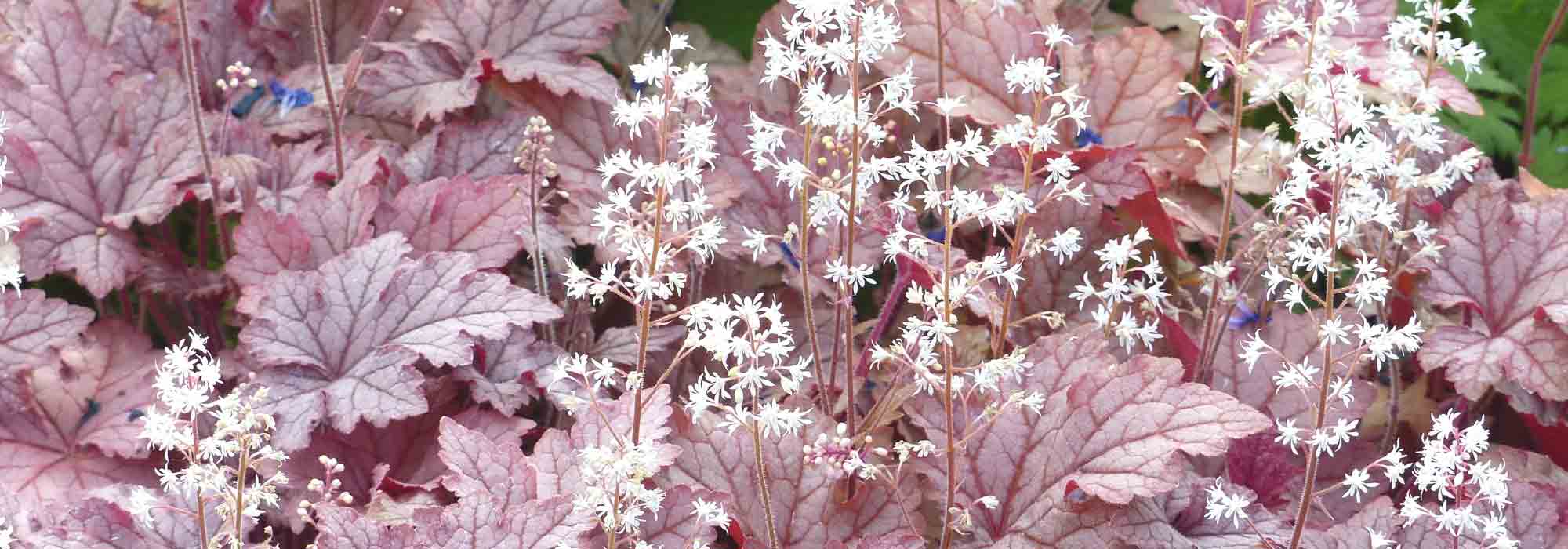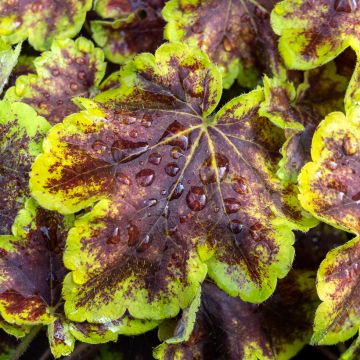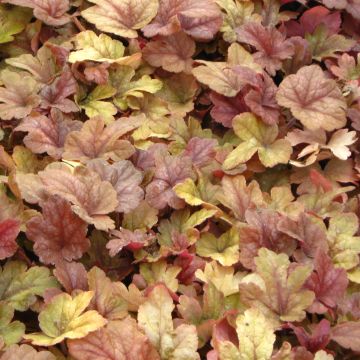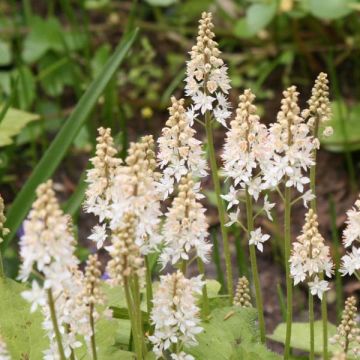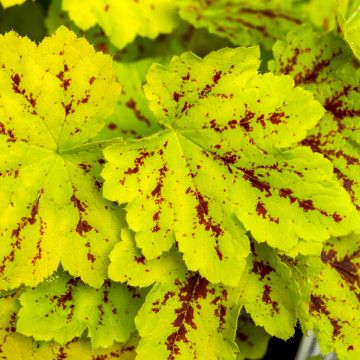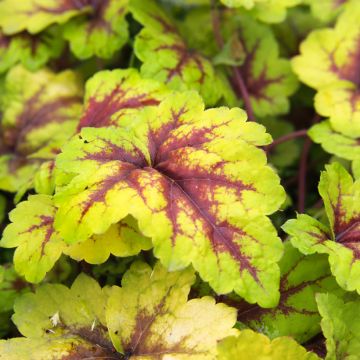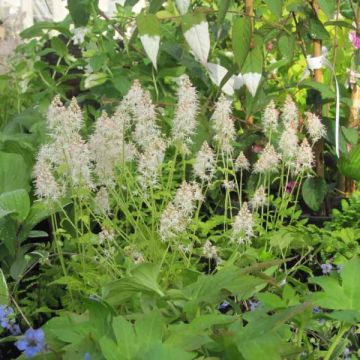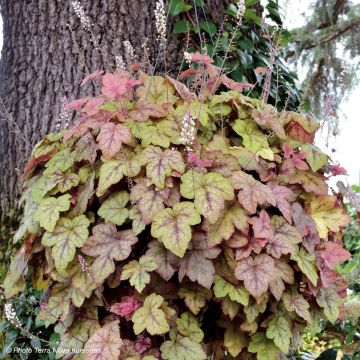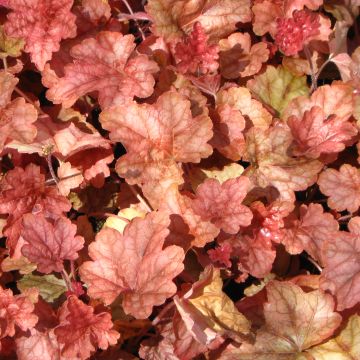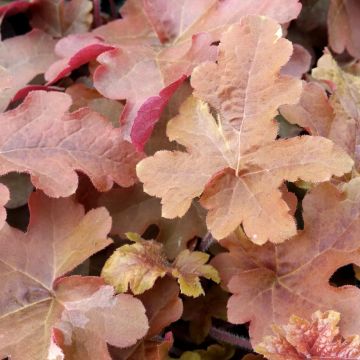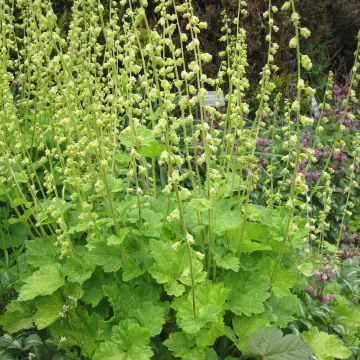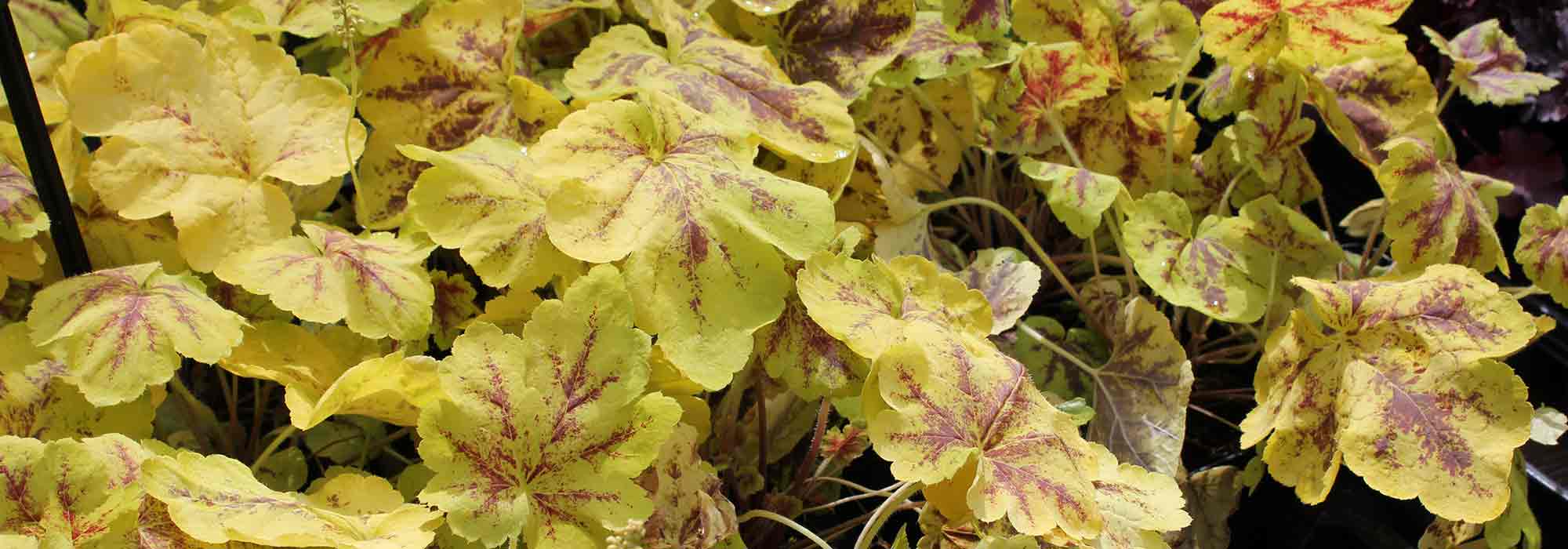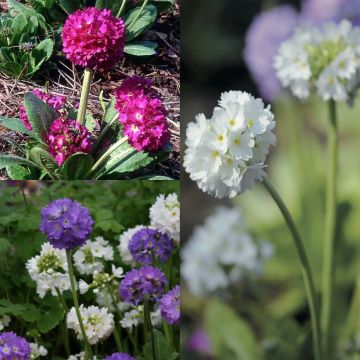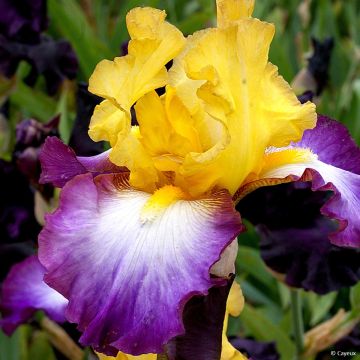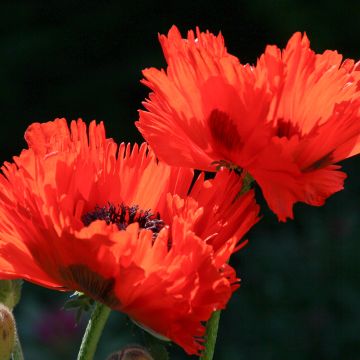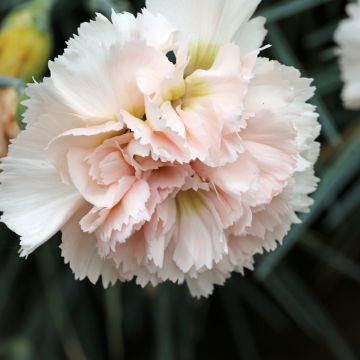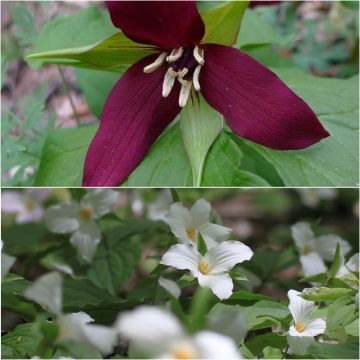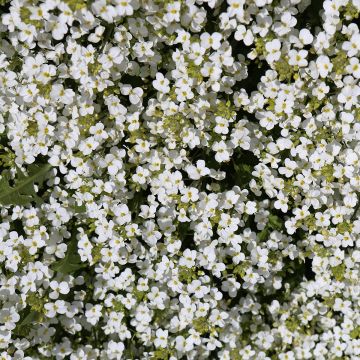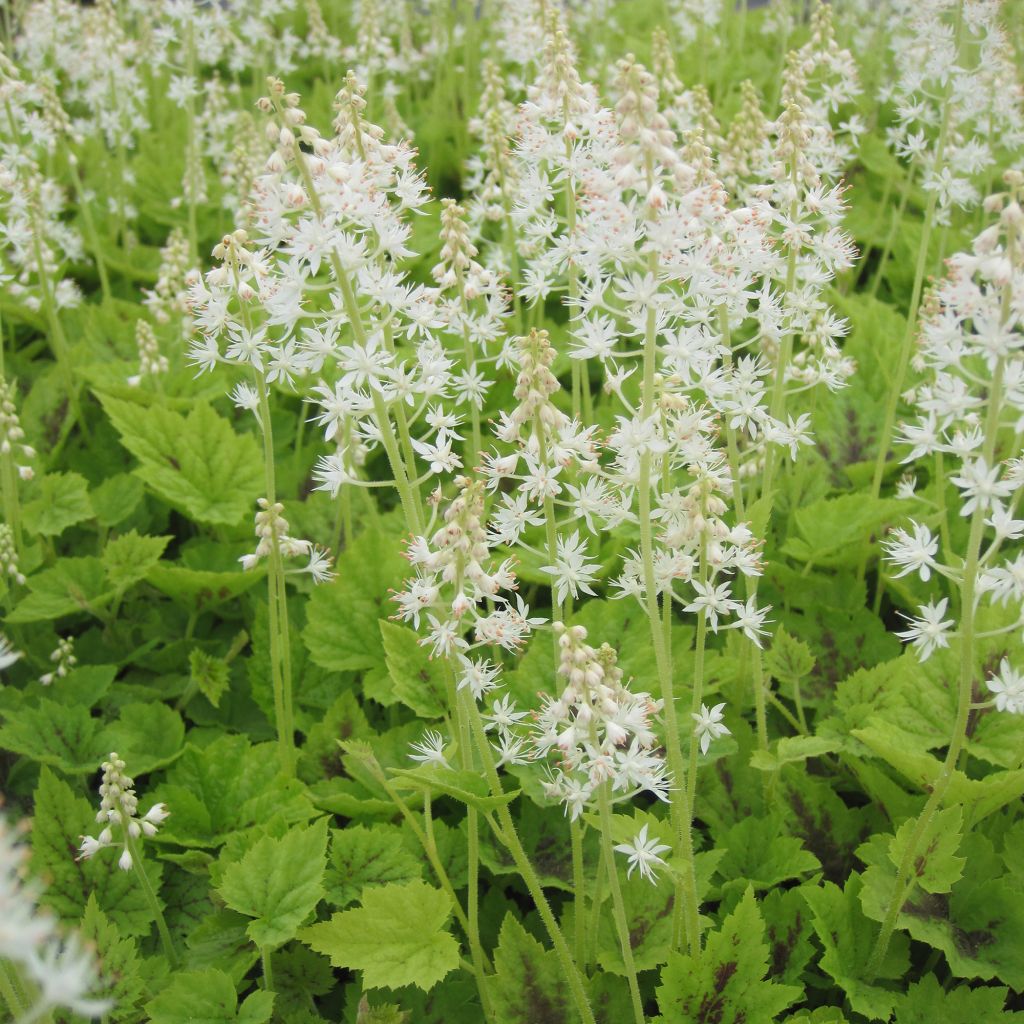

Tiarella cordifolia Appalachian Trail
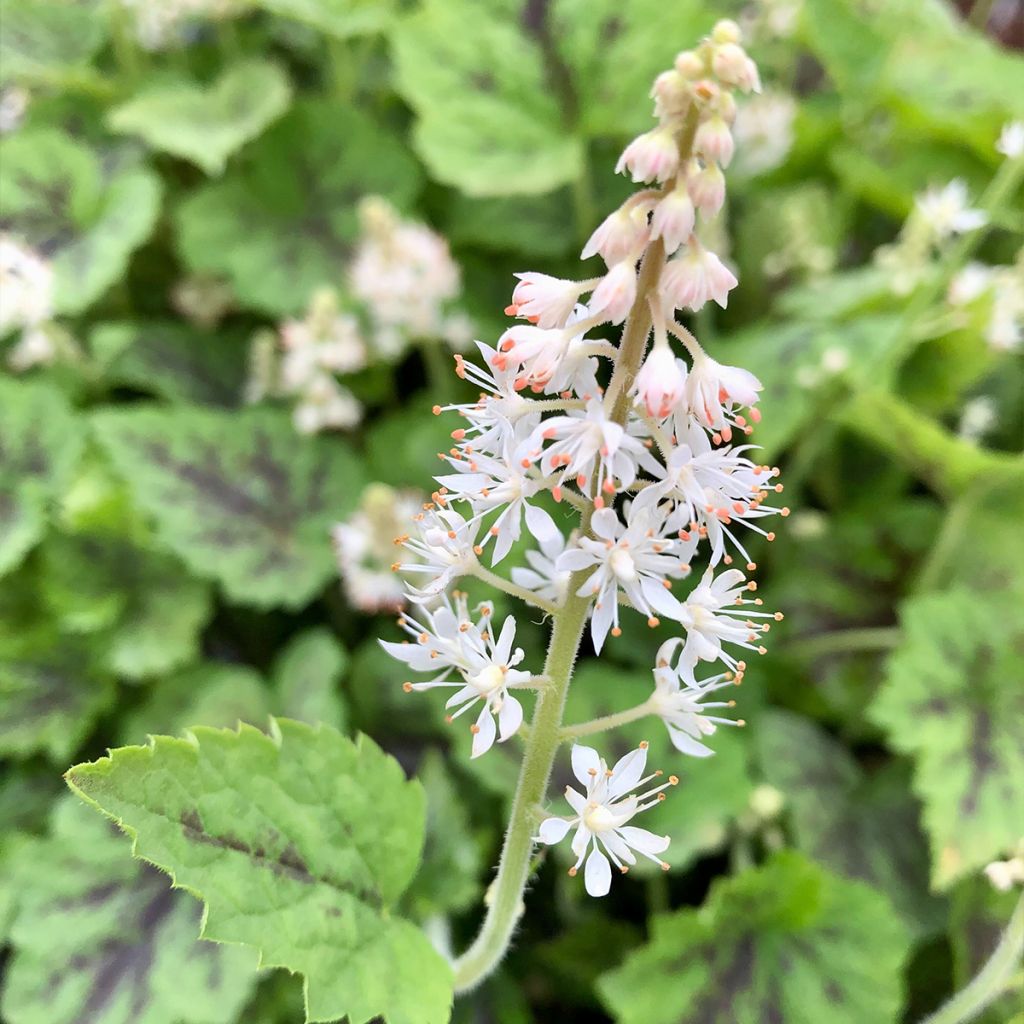

Tiarella cordifolia Appalachian Trail


Tiarella cordifolia Appalachian Trail
Tiarella cordifolia Appalachian Trail
Tiarella cordifolia Appalachian Trail
Foam flower
Beautiful young plants. A bit untidy, but have been pruned before planting.
Geneviève B., 10/04/2017
Special offer!
Receive a €20 voucher for any order over €90 (excluding delivery costs, credit notes, and plastic-free options)!
1- Add your favorite plants to your cart.
2- Once you have reached €90, confirm your order (you can even choose the delivery date!).
3- As soon as your order is shipped, you will receive an email containing your voucher code, valid for 3 months (90 days).
Your voucher is unique and can only be used once, for any order with a minimum value of €20, excluding delivery costs.
Can be combined with other current offers, non-divisible and non-refundable.
Home or relay delivery (depending on size and destination)
Schedule delivery date,
and select date in basket
This plant carries a 12 months recovery warranty
More information
We guarantee the quality of our plants for a full growing cycle, and will replace at our expense any plant that fails to recover under normal climatic and planting conditions.
Would this plant suit my garden?
Set up your Plantfit profile →
Description
Tiarella cordifolia 'Appalachian Trail' is a recent introduction with particularly colourful foliage and endowed with good longevity. This surprising variety shows red wine veins and spots that turn chocolate over the seasons, on a green lamina. From late May to August, feathery spikes of white flowers rise above the vegetation, creating a beautiful contrast of colours. This lively rhizomatous perennial, often semi-evergreen, quickly and effectively covers the soil in damp shade. Its trailing nature also allows it to be placed in a hanging basket, where it will enthusiastically overflow.
Tiarell 'Appalachian Trail' belongs to the Saxifragaceae family. It is a cousin of Heucheras with which it hybridises very easily. It is native to North American woodlands. It will reach an adult size of 10 cm (4in) for the foliage, 25 to 30 cm (10 to 12in) in flower, with a spread of 30 to 50 cm (12 to 20in). This Tiarella forms a spreading clump that spreads laterally through stoloniferous stems rooting at the periphery of the mother plant. Its semi-evergreen foliage is its first asset. Its dentate, heart-shaped and rounded leaves resemble those of Heucheras. They measure 10 cm (4in) in length and are beautifully crinkled, showing purple-wine spots radiating from the veins. This colour darkens over time, becoming chocolate brown on a green background. In May, individual white flowers appear, densely arranged in 'brushes' on stems about 30 cm (12in) high. The flowering, particularly long for the species, persists from mid-spring to August. The contrast of colour between the white inflorescences and the green, chocolate-spotted foliage is particularly attractive in summer.
In the wild, Tiarella cordifolia is generally found in wooded or mountainous environments. The 'Appalachian Trail' cultivar will naturally find its place in moist undergrowth, in the company of ferns, Impatiens balfouri, Solomon's seals, and astilbes. It can also be used as a waterside plant. It will also thrive in containers or shaded garden beds. It should be planted in a well-drained potting mix without excessive fertiliser, with watering carefully monitored in summer and reduced in winter. Pots will need protection from cold winter winds.
Flower buds are formed during the summer, but they will only develop and bloom after being exposed to a minimum of 10 weeks of cold temperatures the following year. Cold is therefore necessary for the maturation of this perennial.
Tiarella cordifolia Appalachian Trail in pictures
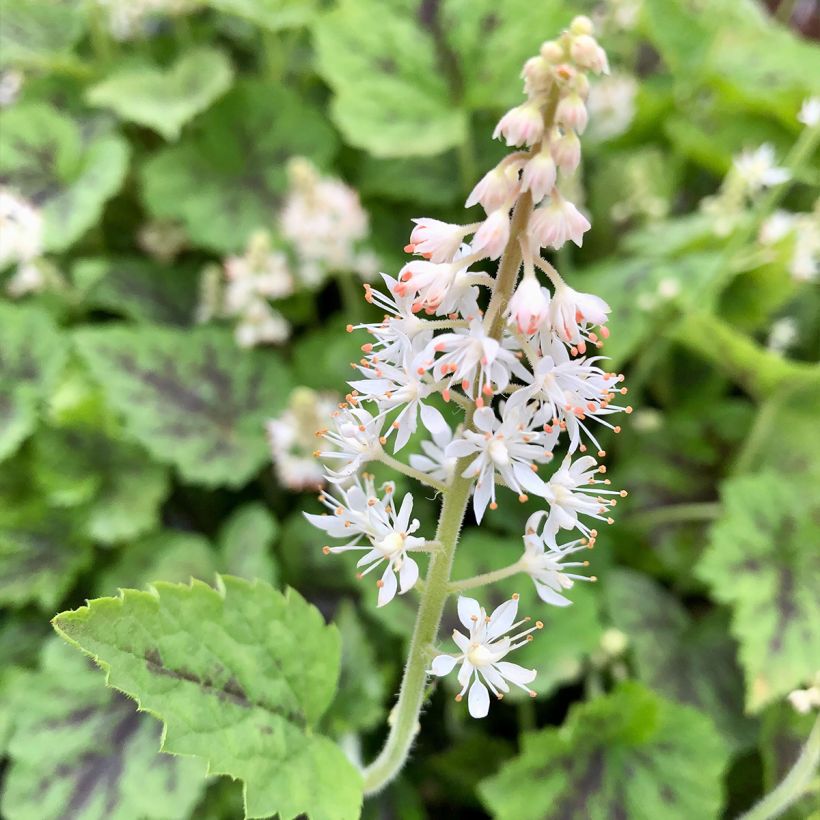

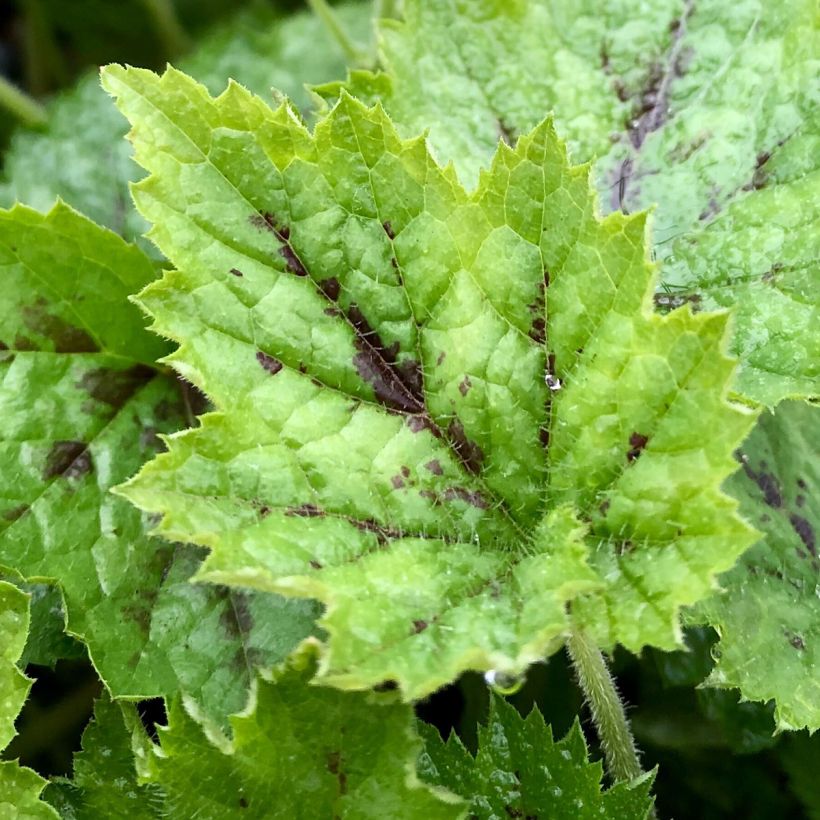

Flowering
Foliage
Plant habit
Botanical data
Tiarella
cordifolia
Appalachian Trail
Saxifragaceae
Foam flower
Cultivar or hybrid
Other Tiarellas and Heucherellas
View all →Planting and care
Easy to maintain, Tiarella cordifolia thrives in all moist to wet, well-drained, neutral to acidic soils. It can be planted in partial shade or dense shade (although the foliage colour may be duller in dense shade). It must be protected from full sun and excessive moisture in winter. You should plant it in loose soil that retains moisture, lightening it with coarse sand if it is too heavy, and possibly providing mulch. It does not tolerate very hot conditions. Once established, this perennial seems to tolerate dry shade under trees and bushes. It requires little maintenance and pruning is not necessary except in case of damaged foliage or to rejuvenate the plant.
Planting period
Intended location
Care
Planting & care advice
-
, onOrder confirmed
Reply from on Promesse de fleurs
Similar products
Haven't found what you were looking for?
Hardiness is the lowest winter temperature a plant can endure without suffering serious damage or even dying. However, hardiness is affected by location (a sheltered area, such as a patio), protection (winter cover) and soil type (hardiness is improved by well-drained soil).

Photo Sharing Terms & Conditions
In order to encourage gardeners to interact and share their experiences, Promesse de fleurs offers various media enabling content to be uploaded onto its Site - in particular via the ‘Photo sharing’ module.
The User agrees to refrain from:
- Posting any content that is illegal, prejudicial, insulting, racist, inciteful to hatred, revisionist, contrary to public decency, that infringes on privacy or on the privacy rights of third parties, in particular the publicity rights of persons and goods, intellectual property rights, or the right to privacy.
- Submitting content on behalf of a third party;
- Impersonate the identity of a third party and/or publish any personal information about a third party;
In general, the User undertakes to refrain from any unethical behaviour.
All Content (in particular text, comments, files, images, photos, videos, creative works, etc.), which may be subject to property or intellectual property rights, image or other private rights, shall remain the property of the User, subject to the limited rights granted by the terms of the licence granted by Promesse de fleurs as stated below. Users are at liberty to publish or not to publish such Content on the Site, notably via the ‘Photo Sharing’ facility, and accept that this Content shall be made public and freely accessible, notably on the Internet.
Users further acknowledge, undertake to have ,and guarantee that they hold all necessary rights and permissions to publish such material on the Site, in particular with regard to the legislation in force pertaining to any privacy, property, intellectual property, image, or contractual rights, or rights of any other nature. By publishing such Content on the Site, Users acknowledge accepting full liability as publishers of the Content within the meaning of the law, and grant Promesse de fleurs, free of charge, an inclusive, worldwide licence for the said Content for the entire duration of its publication, including all reproduction, representation, up/downloading, displaying, performing, transmission, and storage rights.
Users also grant permission for their name to be linked to the Content and accept that this link may not always be made available.
By engaging in posting material, Users consent to their Content becoming automatically accessible on the Internet, in particular on other sites and/or blogs and/or web pages of the Promesse de fleurs site, including in particular social pages and the Promesse de fleurs catalogue.
Users may secure the removal of entrusted content free of charge by issuing a simple request via our contact form.
The flowering period indicated on our website applies to countries and regions located in USDA zone 8 (France, the United Kingdom, Ireland, the Netherlands, etc.)
It will vary according to where you live:
- In zones 9 to 10 (Italy, Spain, Greece, etc.), flowering will occur about 2 to 4 weeks earlier.
- In zones 6 to 7 (Germany, Poland, Slovenia, and lower mountainous regions), flowering will be delayed by 2 to 3 weeks.
- In zone 5 (Central Europe, Scandinavia), blooming will be delayed by 3 to 5 weeks.
In temperate climates, pruning of spring-flowering shrubs (forsythia, spireas, etc.) should be done just after flowering.
Pruning of summer-flowering shrubs (Indian Lilac, Perovskia, etc.) can be done in winter or spring.
In cold regions as well as with frost-sensitive plants, avoid pruning too early when severe frosts may still occur.
The planting period indicated on our website applies to countries and regions located in USDA zone 8 (France, United Kingdom, Ireland, Netherlands).
It will vary according to where you live:
- In Mediterranean zones (Marseille, Madrid, Milan, etc.), autumn and winter are the best planting periods.
- In continental zones (Strasbourg, Munich, Vienna, etc.), delay planting by 2 to 3 weeks in spring and bring it forward by 2 to 4 weeks in autumn.
- In mountainous regions (the Alps, Pyrenees, Carpathians, etc.), it is best to plant in late spring (May-June) or late summer (August-September).
The harvesting period indicated on our website applies to countries and regions in USDA zone 8 (France, England, Ireland, the Netherlands).
In colder areas (Scandinavia, Poland, Austria...) fruit and vegetable harvests are likely to be delayed by 3-4 weeks.
In warmer areas (Italy, Spain, Greece, etc.), harvesting will probably take place earlier, depending on weather conditions.
The sowing periods indicated on our website apply to countries and regions within USDA Zone 8 (France, UK, Ireland, Netherlands).
In colder areas (Scandinavia, Poland, Austria...), delay any outdoor sowing by 3-4 weeks, or sow under glass.
In warmer climes (Italy, Spain, Greece, etc.), bring outdoor sowing forward by a few weeks.






























